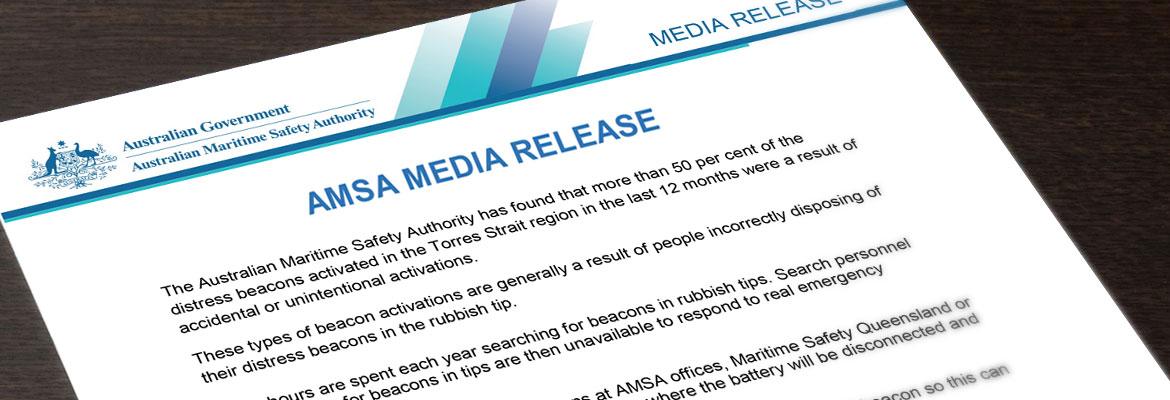A new risk assessment report has been released today as part of a 10 yearly review of Australia’s National Plan and National Maritime Emergency Response Arrangements.

The report, Assessment of the risk of pollution from marine oil spills in Australian ports and waters was prepared by international risk assessment experts Det Norske Veritas (DNV) following a competitive tender process.
The report provides important data to be taken into account in the review of the National Plan and NMERA, which is expected to be completed in the first half of 2012.
The National Plan is a national integrated government and industry system enabling effective response to marine pollution incidents.
The Australian Maritime Safety Authority (AMSA) manages the National Plan, working with state/Northern Territory governments, shipping, oil, exploration and chemical industries to maximise Australia's marine pollution response capability.
For the purposes of the risk assessment process, the Australian coastline is divided into 120 subregions. Each region is then allocated an environmental risk index, which takes into account the main factors affecting the risk of oil spills in the marine environment, including shipping densities, environmental sensitivity, and the likely frequency and size of oil spills based on international and Australian data.
The new study indicates only minor changes from a previous risk assessment completed in 1999, with the major changes being higher risks along the coastlines of northern Queensland, eastern Victoria and eastern South Australia.
The report also estimates the potential change to the current level of risk by 2020. Estimates of future growth in shipping take into account expansion plans provided by 34 Australian ports, with bulk commodity ports in Queensland and Western Australia contributing to an expected overall average growth in port traffic of 6 per cent per year.
Risk reduction measures, such as new international regulations requiring double hulls around new ships’ fuel tanks and future changes to requirements for ship fuels, are taken into account in the study.
The risk assessment will be used during the review of the National Plan and NMERA arrangements, in particular considering the adequacy of the current arrangements to deal with the risks.